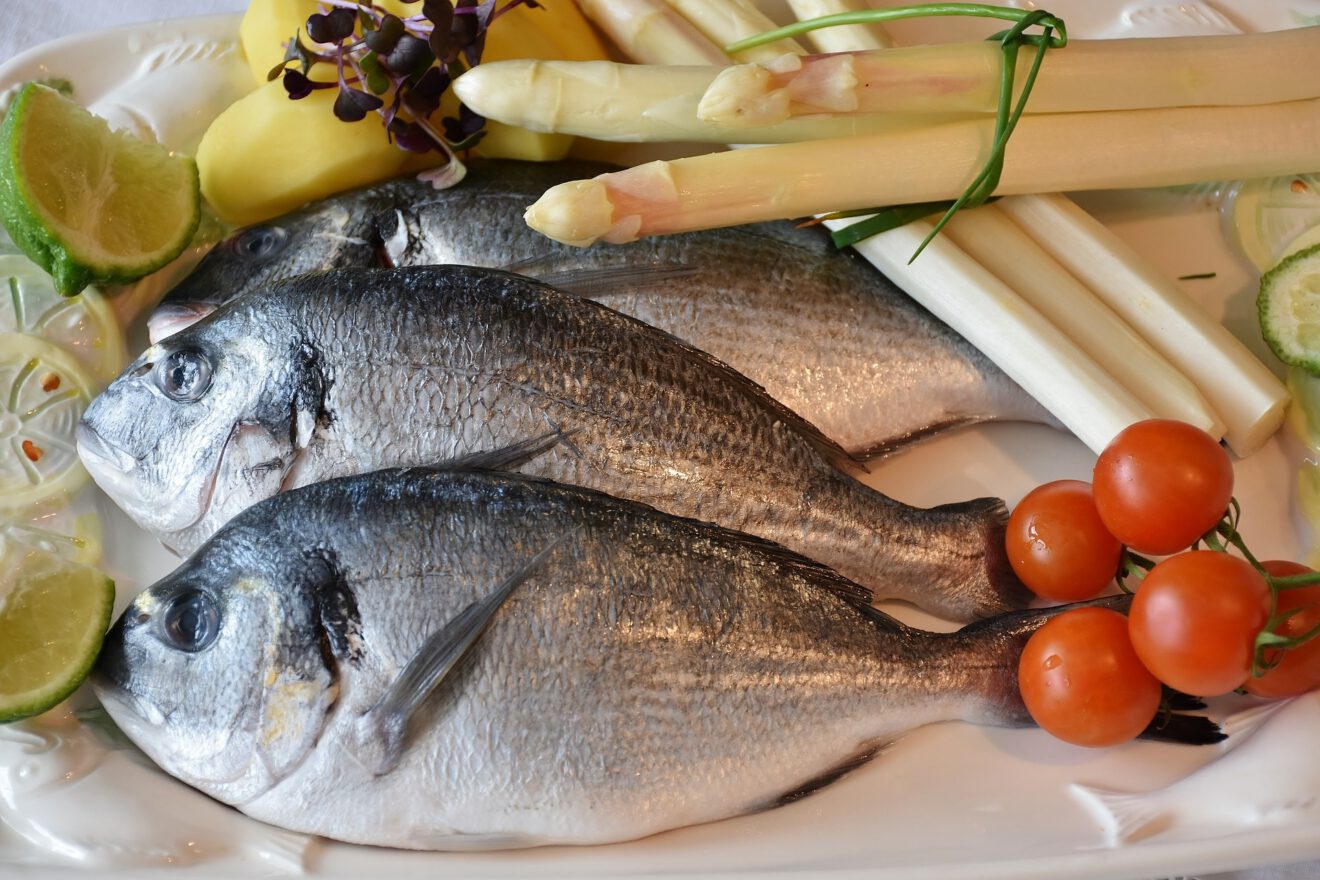For established food and beverage brands, finding growth in today’s marketplace has proved daunting as consumer tastes evolve away from iconic formulations and products toward experiences that are new, unique and often fresh or less processed. Faced with flatlining or falling sales, these brands often seek to find growth in the categories they compete in. For companies seeking new horizons, a Hartman Group Driving Growth 2017 summit in Seattle sought to answer some of the questions facing established brands by highlighting pockets of opportunities that exist within the common decision framework that iconic brands often undertake as they either renovate or innovate within existing brands — or acquire new, emerging ones.
The summit delved into analysis of four key pillars of benefits that consumers are seeking and that are driving growth opportunities in the marketplace for specialty premium foods and beverages today — a market segment enjoying significant growth. These benefits are acting as growth drivers that ladder up to fulfilling on consumers’ increasingly fragmented and specialized needs with linkages to products that offer:
- Customized health and wellness
- Nutrient density
- Performance (optimization)
- Pleasure
Specialty premium foods and beverages are not only a big opportunity (Hartman Group research finds that about one-third of consumers have purchased specialty premium products in the past month), but as consumers change the way they eat and engage with food, there is a tremendous upside to leveraging premium benefits as pathways to increase household penetration and frequency of purchase.
Highlights of these four pillars of premium benefits for specialty food and beverage include:
- Customized health and wellness as a significant opportunity space. The future of condition management and prevention in health and wellness lifestyles will need to be evermore precise as consumers see themselves as unique individuals requiring personalized solutions. Therefore, opportunities abound in targeting niche benefit spaces rather than searching for one or two mass needs to satisfy.
- Pleasure is a base-line requirement in all foods and beverages. Pleasure combines our cultural orientation and biological needs into long-term satisfaction over a short-term fix. Pleasure in today’s marketplace is about moving away from feeling bad about pleasure and indulgence and moving toward creating high-quality food and beverage experiences. Pleasure is still indulgent, but generally speaking, pleasure is an indulgence consumers walk away from saying “that was worth it” instead of “I wish I hadn’t” (which is often how pleasure was viewed in the past).
- Performance is an emerging space, following on the heels of interests in health and wellness and a focus on leveraging nutrient density. Today’s consumers are seeking targeted and optimized benefits (e.g., energy and a focus and recalibration) from the foods they eat and the beverages they drink. These efforts are undertaken with a holistic approach (e.g., mind, movement and sleep) to be their very best. Products are selected because of the ingredients in them and the benefits/value associated with the particular ingredients to address the specific area they are targeting to help “raise their game.”
- Nutrient density is the new greens fee for brands that wish to position themselves as relevant to consumers with contemporary health and wellness aspirations. The question “what is healthy food?” has evolved from interpreting quantities of specific nutrients (good and bad) to evaluating food for its literal and symbolic freshness, all undertaken in the pursuit of nutrient density and getting the most from the inherent “goodness” of food. In addition to being the biggest pillar for premium food and beverage products and occasions, nutrient density has cultural importance in how consumers perceive what is good, healthy and distinctive about foods and beverages.
Taken together, these four key pillars of benefits represent a gateway to opportunity for established food and beverage brands seeking growth. Specialty premium foods and beverages are typically innovative food and beverage experiences built on uncommon product attributes (both symbolic and sensory) that are reshaping the definition of quality, category by category.
Premium quality attributes like those linking to customization, performance, pleasure or nutrient density are more often found today among younger brands. Premium is about scaling into niches, not the mass market. Growing in double digits and currently sized at over $70 billion in revenues, in the next ten years we see premium packaged foods and beverages will expand their cultural scope and dominate at the shelf.
As CEO of The Hartman Group, Demeritt drives the vision, strategy, operations and results-oriented culture for the company’s associates as The Hartman Group furthers its offerings of tactical thinking, consumer and market intelligence, cultural competency and innovative intellectual capital to a global marketplace.
__________________________________________________
If you enjoyed this article, join SmartBrief’s email list for more stories about the food and beverage industry. We offer 20 newsletters covering the industry from restaurants to food manufacturing. And be sure to follow us on Twitter for the latest industry news.
